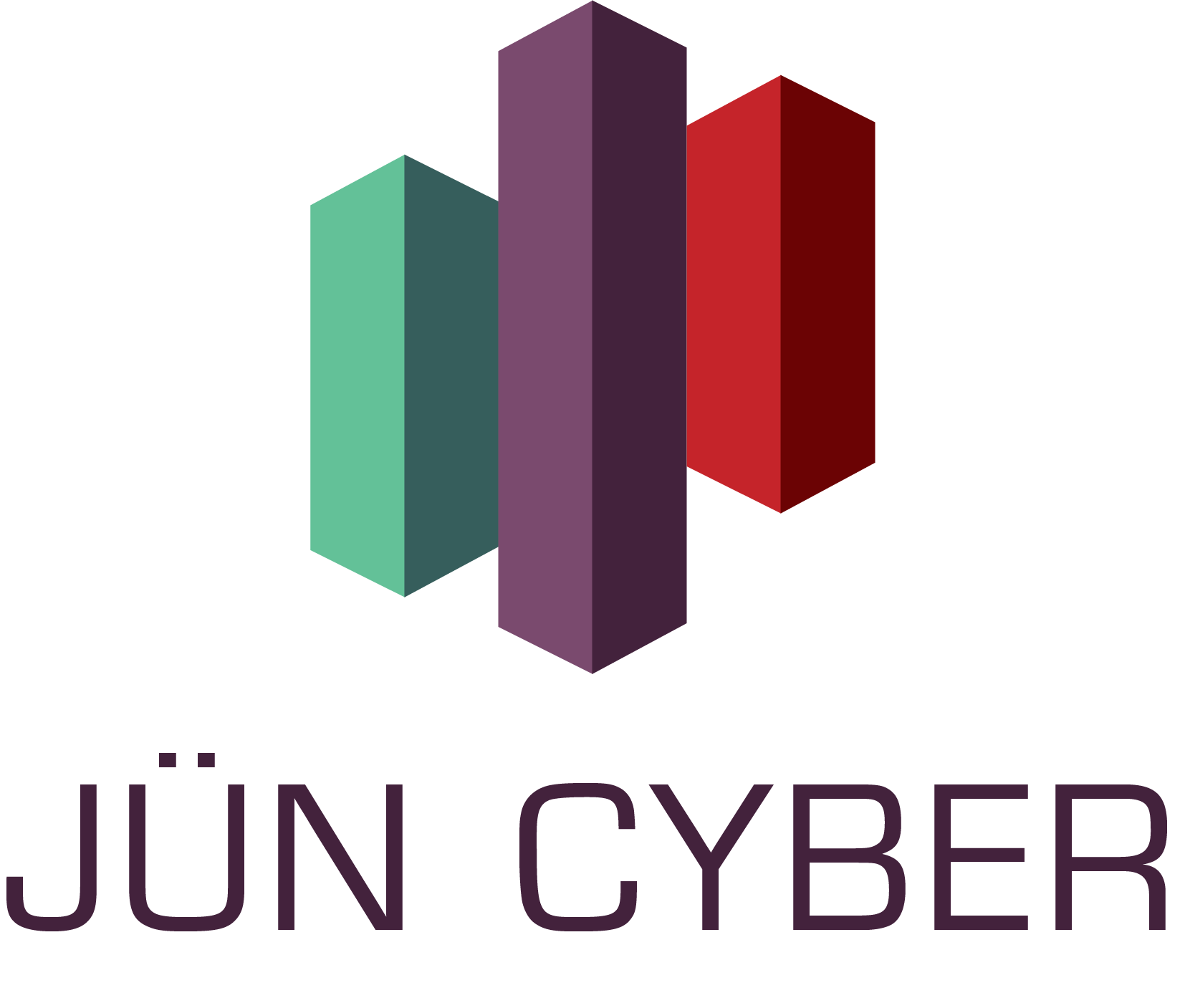Next-Gen Attacks: Same Targets, New Strategies
The world of cybersecurity is constantly evolving, but the targets remain largely the same. Next-gen cyberattacks are increasingly aimed at familiar sectors like finance, healthcare, and government. However, the sophistication of these attacks has reached unprecedented levels, requiring new strategies to defend against these threats effectively.
The Evolving Threat Landscape
Cybersecurity experts are continually identifying new threats to tackle. According to a recent exposé by The Hacker News, next-generation cyber attacks target the same critical sectors: finance, healthcare, and government. However, the sophistication of these attacks has breached new bounds, making them harder to detect and counteract.
Financial Sector in the Crosshairs
Unsurprisingly, the financial sector remains a prime target. Cybercriminals aim to siphon off funds or steal sensitive customer information. As the industry increasingly adopts digital technologies like blockchain and AI, attackers have found new avenues to exploit. Ransomware attacks are growing more frequent and sophisticated, often using AI to either launch or shield the attack.
Banking Trojans and Ransomware
- Banking trojans are evolving, now capable of bypassing multiple layers of security.
- Ransomware attacks are increasingly tailored, targeting specific institutions for maximum impact.
Healthcare Under Siege
The healthcare sector is another primary target. With a wealth of sensitive data and often outdated security measures, healthcare systems are particularly vulnerable. New attack forms like deep fakes and AI-generated phishing emails are designed to infiltrate these systems more efficiently than ever.
The Menace of Data Breaches
Data breaches in healthcare can be catastrophic, not just financially, but in terms of patient safety:
- Electronic Health Records (EHR) are prime targets for ransomware.
- Phishing attacks trick healthcare workers into divulging sensitive information.
Government Systems: A Preferred Target
Governmental agencies, with their rich stores of classified data and critical infrastructure, are another significant target. Cyber espionage has become a sophisticated sport, often backed by nation-state actors. The goal is usually data exfiltration, intelligence gathering, or undermining vital public services.
Nation-State Sponsored Attacks
- Many attacks are sophisticated and difficult to attribute.
- The objectives often go beyond immediate financial gain to longer-term strategic advantages.
Defense Mechanisms
While the attackers are continually evolving, so are the defenses. Organizations can no longer rely solely on legacy systems to protect against next-gen cyberattacks. Here are some of the latest defensive strategies.
Enhanced Threat Detection
New algorithms and AI-driven systems offer more effective threat detection. These systems can analyze patterns and behaviors in real-time, making it easier to identify and neutralize threats before they cause significant damage.
Behavioral Analytics
- Behavioral analytics tools are increasingly being deployed.
- These tools analyze user behavior and flag anomalies for further investigation.
Zero Trust Architectures
The adoption of Zero Trust Architecture (ZTA) is a crucial trend. By assuming that every transaction could be a potential threat, ZTA reduces the risk of unauthorized data access. It employs various checks, verifications, and micro-segmentations to bolster security.
Micro-Segmentation
- Micro-segmentation isolates workloads from each other, limiting lateral movement within the network.
- Helps contain the breach even if an attacker gets through the perimeter defenses.
Multi-Factor Authentication (MFA)
While not new, Multi-Factor Authentication (MFA) remains a cornerstone of cybersecurity. It significantly reduces the likelihood of unauthorized access by adding additional verification steps.
Principle of Least Privilege
- MFA is often used in conjunction with the Principle of Least Privilege (PoLP).
- PoLP ensures users have only the minimum levels of access necessary to perform their tasks.
Challenges Ahead
Despite these advances, numerous challenges persist:
Resource Limitations
Many organizations lack the resources needed to implement advanced cybersecurity measures effectively. Small to medium-sized enterprises (SMEs) are particularly vulnerable due to budget constraints.
Cost of Defensive Measures
- Advanced cybersecurity tools and skilled professionals are expensive.
- High costs make it difficult for smaller organizations to keep pace with threats.
Rapidly Evolving Threats
The speed at which cyber threats evolve poses another significant challenge. Keeping up with these changes demands constant vigilance and continuous learning.
Continuous Education
- Organizations must invest in continuous education and training for their cybersecurity teams.
- This includes staying updated with the latest threats and defense mechanisms.
Conclusion
The battle between cybercriminals and cybersecurity experts is never-ending. As attackers develop new tactics, defenders must adopt innovative strategies to counter them. Staying informed and prepared is the best defense in an ever-evolving threat landscape.
At Jun Cyber, we understand the complexities and nuances of advanced cybersecurity. We can help your organization stay ahead of next-generation cyber threats. Schedule a free consultation with us today to discuss your cybersecurity needs. Visit our website at www.juncyber.com or schedule a call with us.
Reference: The Hacker News
